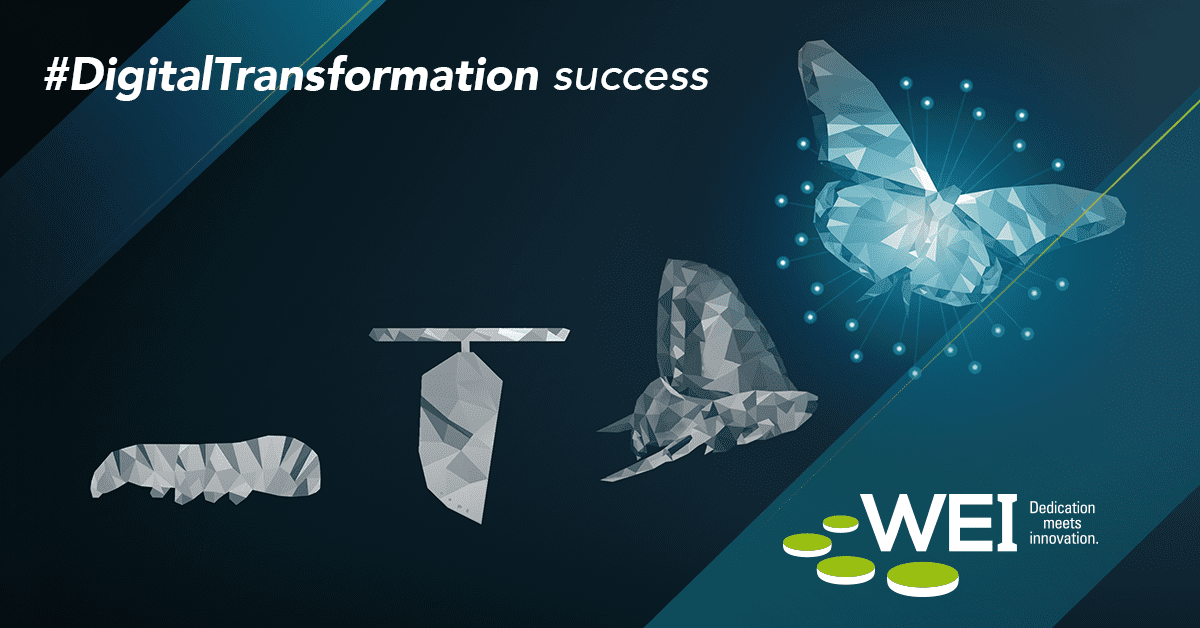Reality Check: Is your Digital Transformation Strategy Effective?
According to a report by Gartner in 2016, 50% of CEO’s expect their industries to be substantially or unrecognizably transformed by digital transformation1. The underlying scope of this proclamation is that the companies that successfully compete in this new economy will have substantially or unrecognizably transformed themselves as well. These IT leaders expect change, dramatic change. They are faced with the immense task of augmenting their organizational processes and shifting the cultural mindset towards innovation. The key to success here is leveraging the power of digital technologies to create that change. There are two choices today—adapt to change or create it.



















